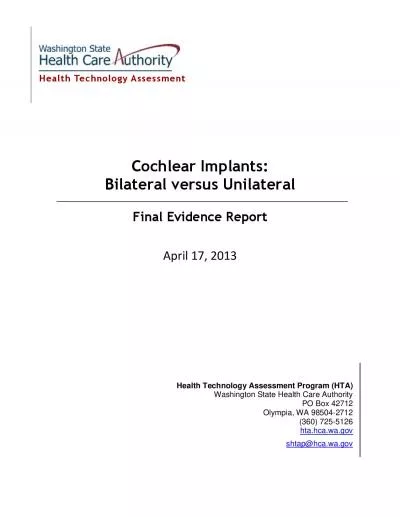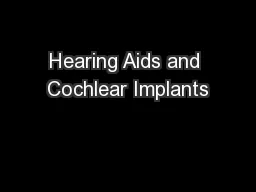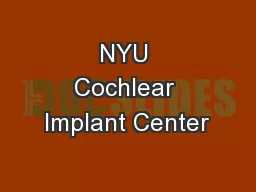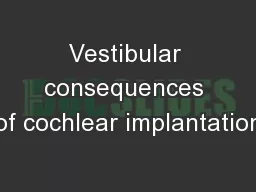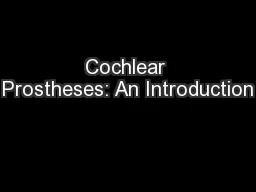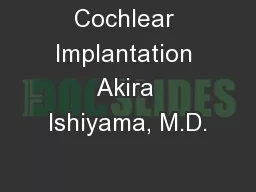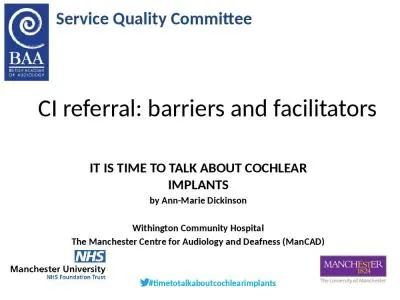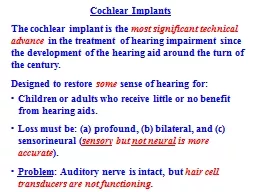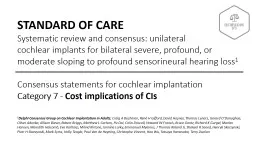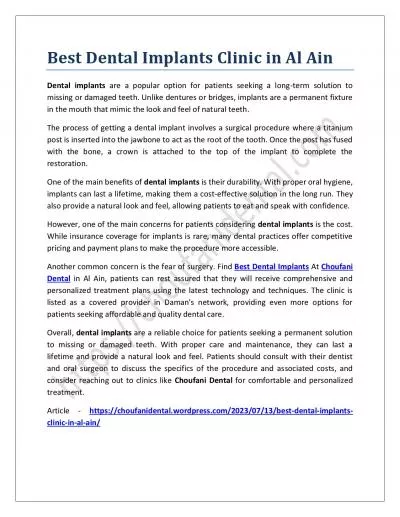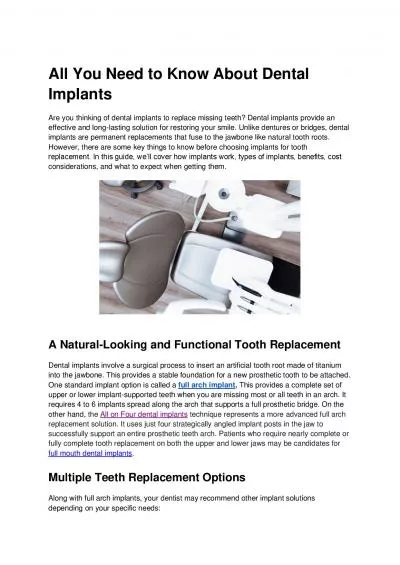PDF-Cochlear Implants
Author : mary | Published Date : 2022-10-28
Bilateral versus Unilateral Final Evidence Report April 17 2013 Health Technology Assessment Program HTA Washington State Health Care Authority PO Box 42712 Olympia
Presentation Embed Code
Download Presentation
Download Presentation The PPT/PDF document "Cochlear Implants" is the property of its rightful owner. Permission is granted to download and print the materials on this website for personal, non-commercial use only, and to display it on your personal computer provided you do not modify the materials and that you retain all copyright notices contained in the materials. By downloading content from our website, you accept the terms of this agreement.
Cochlear Implants: Transcript
Download Rules Of Document
"Cochlear Implants"The content belongs to its owner. You may download and print it for personal use, without modification, and keep all copyright notices. By downloading, you agree to these terms.
Related Documents

